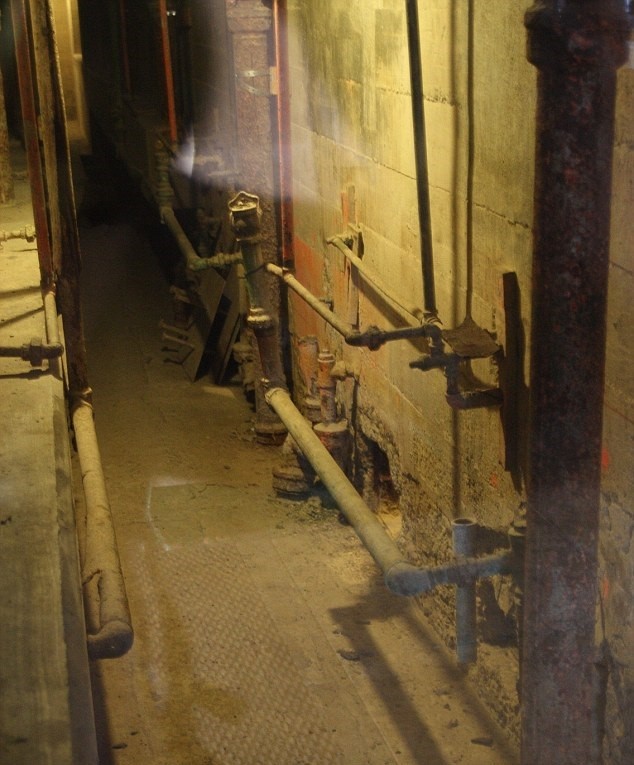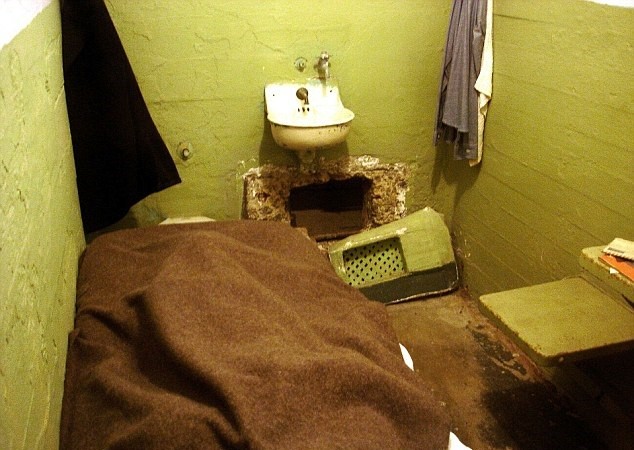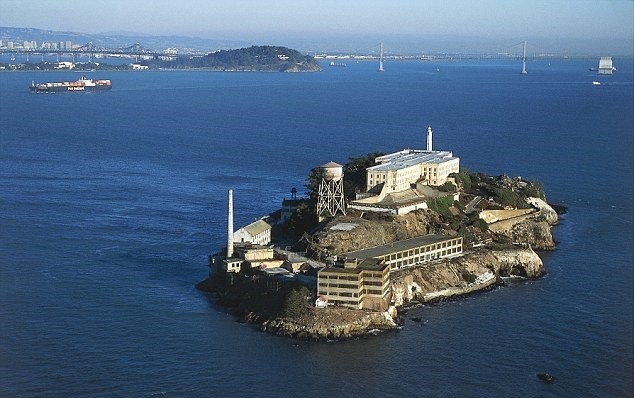Three prisoners who escaped from Alcatraz in 1962 and have not yet been found, could have made it to shore. According to British newspaper, ‘Daily Mail’ which calls upon Delft university research findings made with the help of a prototype computer, the three escapees who used a makeshift raft to escape the prison-island could have made it to shore if they had left exactly on midnight.
The Alcatraz escape attempt of three bank robbers, Clarence Anglin, John Anglin and Frank Lee Morris could have been successful.
The three escapees spent many months digging an escape tunnel with spoons, under their cells. On the night of June 11, 1962, they took a great risk: they made human look-alikes with paper and hair and they placed them in their beds to fool the guards. When they reached the sea, with the raft that they had built, they tried to escape. The escapees were never found and it still remains unknown if they made it to shore or if they were lost at sea.
The team of Dutch researchers tried to shed more light on the escape attempt. The study was based on a 3D model which mimics the movement of waves in gulfs and river deltas. With the help of the system, the researchers tried to depict the movement of water in the San Francisco Bay area in order to check the tide data for that night, in 1962.
Although researchers do not know exactly at which point the prisoners got on the raft, they decided to simulate 50 rafts, every thirty minutes, from 8pm to 4am in various points across Alcatraz, judging where they would end up. With the help of the simulated boats, the researchers could discover their final destination.
The most likely scenario is that they are lost in the waves, since the San Francisco Bay has some of the strongest tidal currents. However, there is still a small chance that they were successful. Something like that would only have been possible, however, if they had started exactly on midnight and headed North.
Ask me anything
Explore related questions









